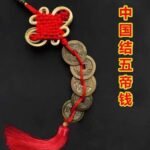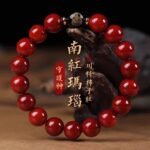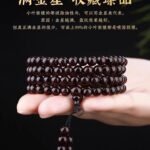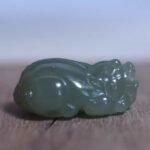For over 3,000 years, Hetian jade (和田玉) was not just a gemstone—it was the stone of kings. Chinese emperors regarded jade as a symbol of divine authority, spiritual protection, and even immortality. The history of jade is deeply entwined with the rise and fall of dynasties.
Here are some of the most fascinating stories of emperors and their jade.
1. The Jade Seal of the First Emperor (Qin Shi Huang)
When Qin Shi Huang, China’s first emperor, unified the nation (221 BC), he ordered the creation of the Imperial Jade Seal (传国玉玺), carved from Hetian jade.
- The seal symbolized the “Mandate of Heaven.”
- Every dynasty after Qin sought possession of this seal to legitimize its rule.
- Legends say that whoever held the jade seal could rule “all under heaven.”
👉 Related reading: Hetian Jade vs. Russian Nephrite – Which One Should You Collect?
2. Han Emperors and the Jade Burial Suits
During the Han Dynasty, emperors believed jade could protect their bodies in the afterlife. Archaeologists discovered jade suits—armor-like burial clothing made from thousands of jade plates tied with gold or silver threads.
- Emperor Wu of Han was buried in such a suit.
- The belief: jade’s energy could prevent decay and help the soul ascend to heaven.
- These jade suits are now considered priceless treasures of Chinese history.
👉 Learn more: Why Ancient Chinese Believed Jade Could Protect the Soul
3. Emperor Wu of Han and the Quest for Immortality
Emperor Wu (Han Wudi) was obsessed with immortality. He believed jade contained the essence of heaven and earth.
- He drank powdered jade mixed with medicine, hoping to extend his life.
- He offered jade disks to mountain gods, seeking blessings.
- Though he never achieved immortality, his passion for jade reinforced its sacred status in Chinese culture.
👉 Explore our Hetian jade pendants
4. The Tang Dynasty: Jade as Diplomacy
In the Tang Dynasty, emperors often used Hetian jade as diplomatic gifts. When envoys from Central Asia arrived, they were presented with jade pendants or carvings as symbols of eternal friendship.
- Hetian jade became a bridge between the East and the Silk Road.
- Its prestige spread far beyond China, making it known as the “stone of the East.”
👉 See also: The Taoist Meaning of Jade: A Stone of Balance and Spirit
5. Ming and Qing Emperors: Jade as Imperial Art
By the Ming and Qing dynasties, jade carving reached its artistic peak. Emperors prized Hetian jade not just for rituals, but as fine art:
- The Qianlong Emperor of Qing collected thousands of jade pieces, writing poems about them.
- Imperial workshops carved Hetian jade into dragon seals, ruyi scepters, and intricate ornaments.
- These items were displayed in the Forbidden City as a reminder of imperial authority.
👉 Discover our full jade collection
✨ Takeaway: For emperors, jade was never just a stone. It was the soul of empire—a divine seal of power, a protector in death, and a bridge to the heavens. Today, when you wear a Hetian jade pendant or a Russian nephrite bracelet, you continue this ancient tradition of strength, beauty, and spiritual protection.



